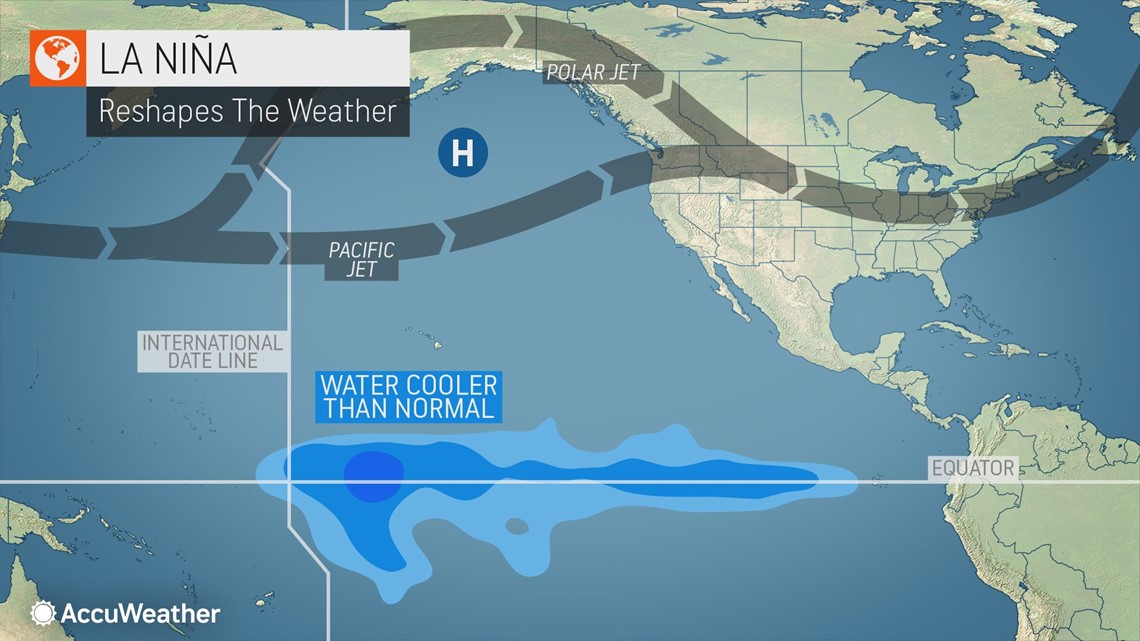Table of Contents
- Terpilih Sebagai Ketua IKA Unhas Periode 2022-2026, Danny Siap ...
- Penyusunan RKPD 2026, Danny Pomanto Harap Programnya Dilanjutkan Appi ...
- Mike Tyson Workout 2024 - Lexi Shayne
- Infografis: Fenomena La Nina Intai Maluku Utara Hingga 2023 Mendatang ...
- La Nina Winter 2024 - Ronda Rosemarie
- Danny Phantom Best Dani Moments Remastered in 1080P HD - YouTube
- La Nina Diprediksi Hingga Februari 2022
- How La Niña will impact winter in the US | newscentermaine.com
- 2024 Grammys Wiki - Danny Phaedra
- Fenomena La Nina Diprediksi Terjadi Akhir Tahun hingga Februari 2022 ...



Understanding La Niña



The Impact of La Niña's End



What to Expect in the Coming Months
As the climate adjusts to the post-La Niña era, several factors are likely to come into play: Increased hurricane activity: The end of La Niña could lead to an increase in hurricane activity in the Atlantic and Pacific basins, as warmer ocean temperatures provide more fuel for these powerful storms. Changes in precipitation patterns: The shift towards a more neutral or El Niño-dominated climate could result in altered precipitation patterns, with some regions experiencing more frequent or intense rainfall events. Temperature fluctuations: As the global climate adjusts, temperature fluctuations are likely to occur, with some areas experiencing warmer-than-average temperatures and others facing cooler conditions.
Preparing for the Unknown
While it is impossible to predict with certainty what the future holds, it is essential to be prepared for the potential climate shifts that may arise. Governments, organizations, and individuals can take steps to mitigate the effects of extreme weather events, such as: Developing climate-resilient infrastructure: Investing in infrastructure that can withstand extreme weather events, such as sea walls, levees, and green roofs. Implementing early warning systems: Establishing early warning systems to alert communities of potential extreme weather events, allowing for timely evacuations and preparations. Promoting climate-awareness and education: Educating the public about the potential impacts of climate change and the importance of preparedness and resilience. In conclusion, the end of La Niña marks a significant shift in the global climate landscape. As we navigate the uncertainty of what comes next, it is crucial to stay informed, prepared, and proactive in the face of potential climate changes. By understanding the implications of La Niña's demise and taking steps to mitigate the effects of extreme weather events, we can work towards building a more resilient and climate-aware future.Stay tuned for more updates on the latest climate news and research!